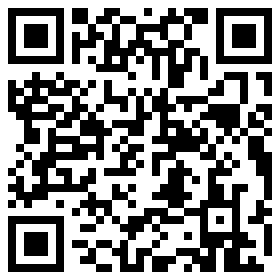The history of sewing machine
Until the Western Industrial Revolution in the 18th century, the large-scale production of the textile industry promoted the invention and development of sewing machines. In 1790, a woodworker in the United States invented the first single-thread chain hand sewing machine; in 1851, the American mechanic Rechak Merise Singer invented the double-thread lock hand sewing machine and established the Singer Sewing Machine Company. . Later, it was improved into a pedal type, and after the electric motor appeared, Singer developed an electric sewing machine in 1889.
China introduced the first sewing machine from the United States in 1890, and in 1928 Shanghai produced the first household sewing machine and 44-13 industrial sewing machine. So far, in addition to some high-end machines still dominated by Japan and Germany, the output and sales of low-end sewing machines have long been the first in the world.
Nowadays, with the application of servo motor, stepper motor, pneumatic and numerical control technology in sewing machine, it is like the second sewing machine revolution. The functions of variable speed control, feeding control, automatic thread trimming, automatic reverse sewing and automatic presser foot lift are realized. The mechanical structure tends to be simplified, and the functions tend to be intelligent. There have also been a variety of high-efficiency and easy-to-operate new equipment, such as pattern machines, template machines, automatic cutting machines, sewing machines with material transfer tables, and so on. It is already moving towards one-man multi-machine operation and automatic production lines, and finally realizing unmanned factories is not a dream.






